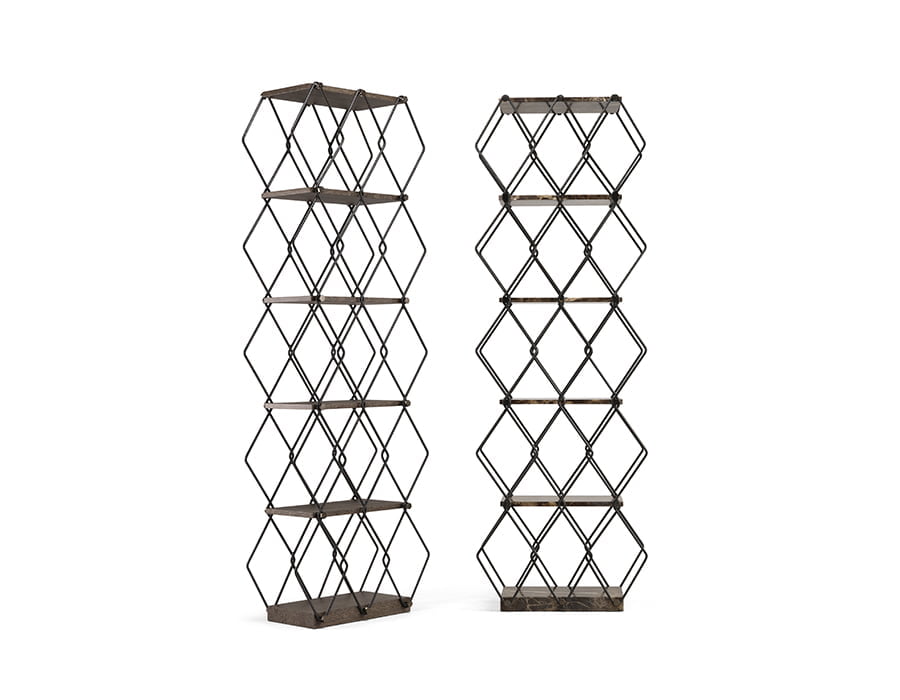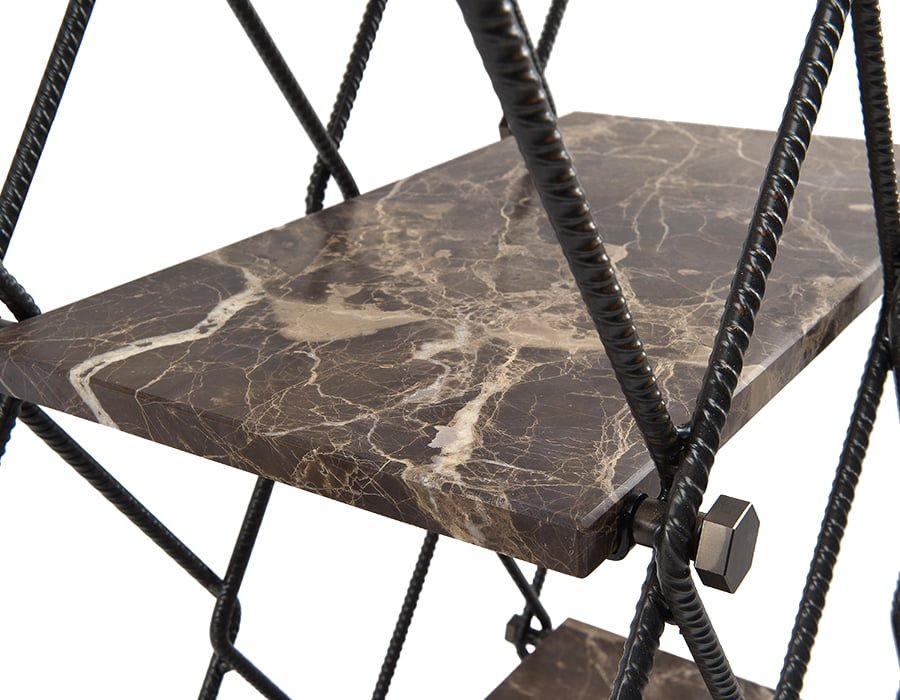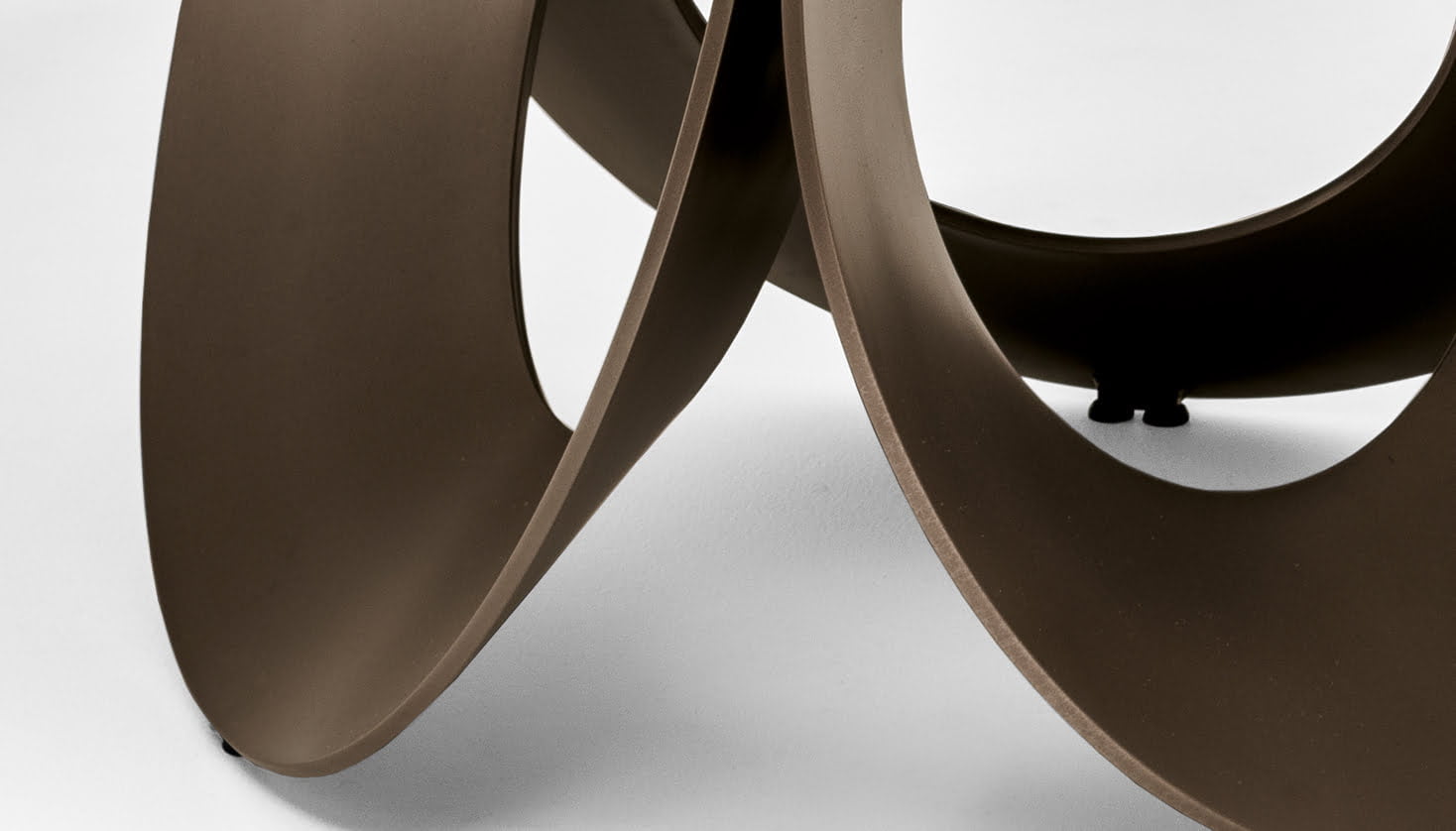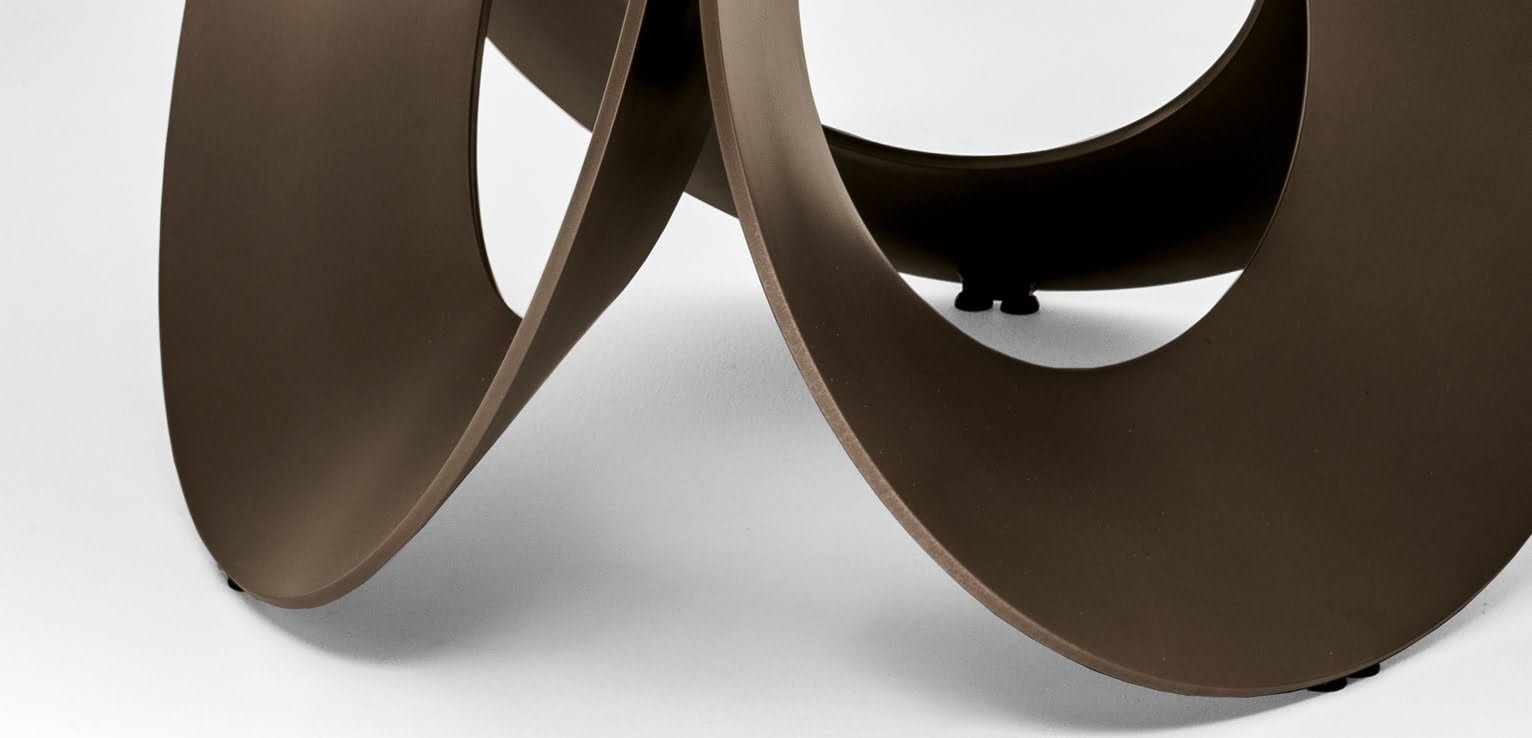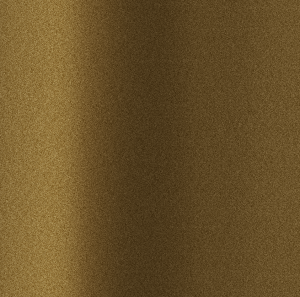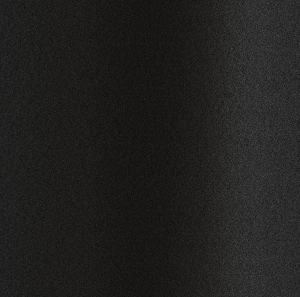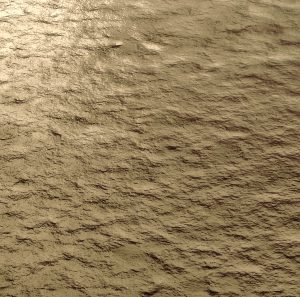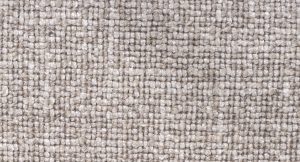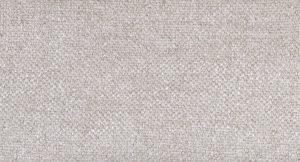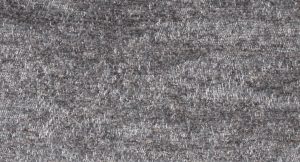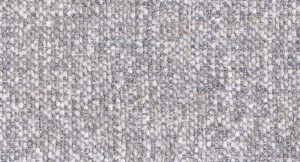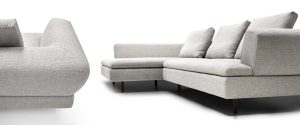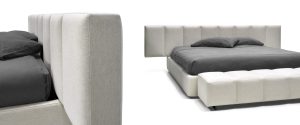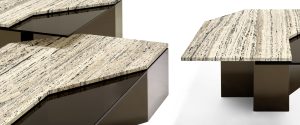HOW GEOMETRY EXPOSES COMPLICATED MINIMALISM
“The square, the circle and the equilateral triangle are the three basic forms for the study of structures, forms, modulation and accumulation. The knowledge of the characteristics and possibilities of these basic forms allows the designer to design more easily and with competence.”(Bruno Munari).
From the simple to the sublime, from the interior to the exterior, our physical construct of the world we live in is dictated by rules. Rules that exist which can limit our applicative process in design, but which equally encourages a way to channel a creative dimension in fabricating something new.
Italian artist, designer, and inventor Bruno Munari explored this in his groundbreaking study known as, The Square, The Circle & The Triangle.
How should we define geometry in design?
Gaspard Monge believed that geometry in design should encourage innovation, “thus bringing the design process from the known to the unknown, or new forms and application of them.”
Geometric design must then be used to either create new realms of design possibilities or enhance what we already have. We could consider that geometric forms should highlight the function of the objects, a way to create order and to “clean and simplify” their environments.
The Square
Expressing solidity, stability, and protection the square is rooted within culture as much as design yet, to incorporate this into interior style can be challenging.
Escaping the kitsch ideology of geometry and leaving behind the 1970s when it comes to angular forms can be hard, yet Adriano Piazzesi’s Loft manages to do just that. In all of its iterations, Loft takes the solidity of a square and manages to re-imagine the design as a place of comfort.
In Petra we question the stability of the square. Bartoli Design has encouraged us all to innovate from a basic form to see imbalance as balanced. Offsetting two shapes, circular and square challenges our notions of space and geometry.
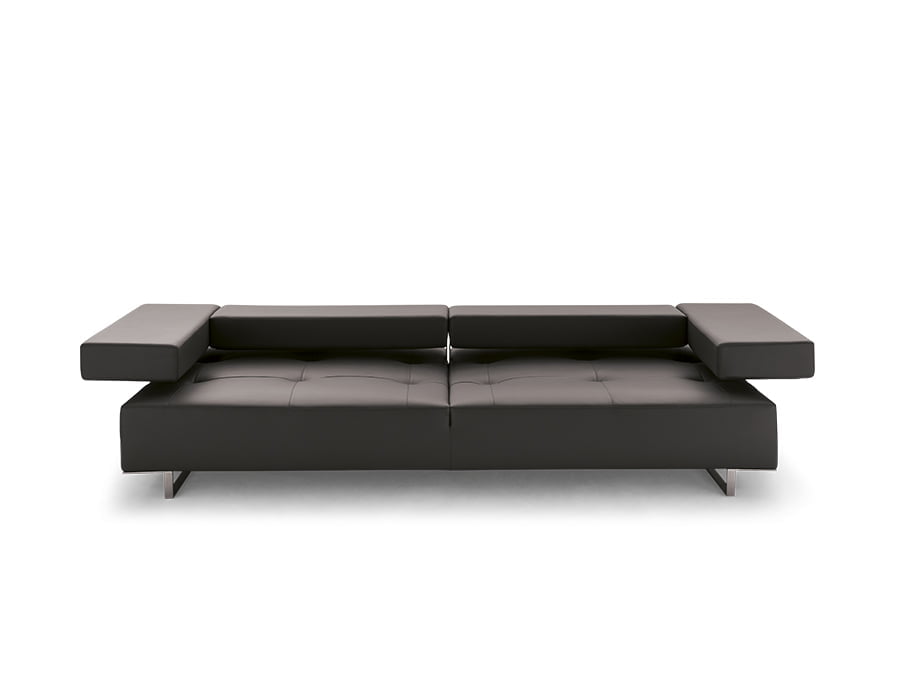
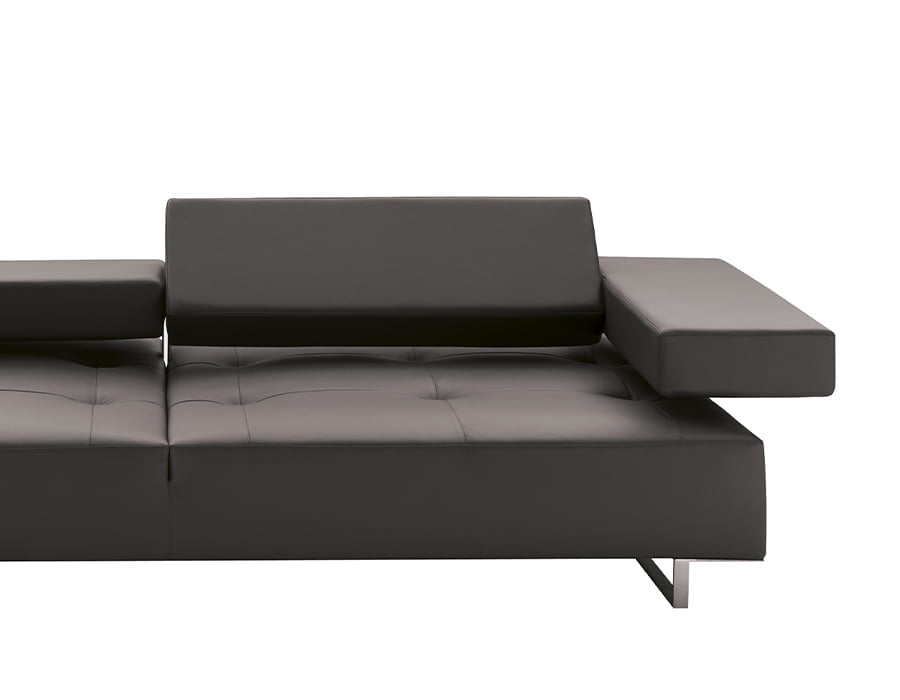
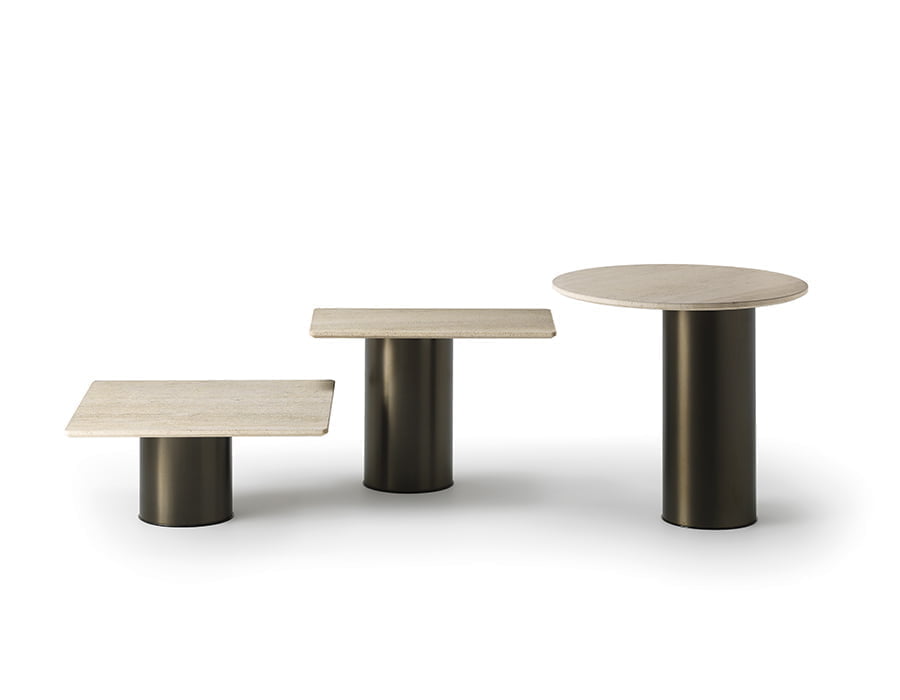
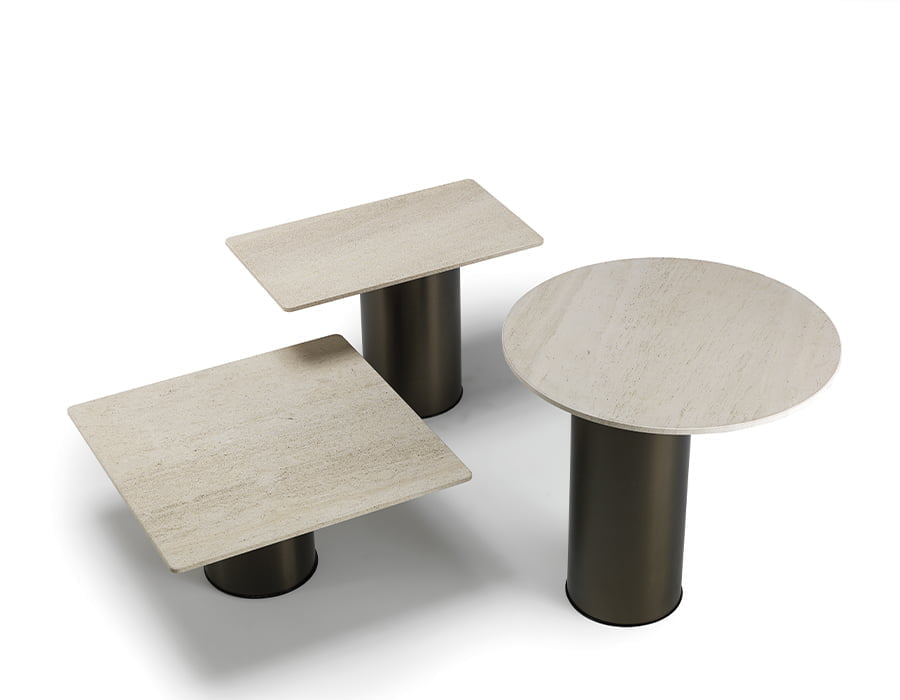
The Circle
Whether it is serenity, completeness, freedom or infinity, the circle is a life-giving form that has transfixed global communities for millennia. Found even in the earliest cave paintings of mankind, it is a connection to something larger and more encompassing than design can possibly capture.
In Oracle by Gino Carollo, we have a design that wants to express the life-giving properties of the circle that feature balance and yet, contrasting it all with immense power. Noted as a ‘law bending structure of interior physics’ Carollo has expressed his vision of the circle into a new geometric form.
But what if the idea of the circle could be expanded? In contrasting sizes, spacing circles further away and at different angles and even interweaving another geometric shape, the triangle, Bernhardt & Vella with Iride have re-identified how geometry can live amongst other forms.
And if Carollo expresses his vision of a new geometric form whilst Bernhardt & Vella can showcase interweaving geometry through their designs, it is through Giannella Ventura where we can see a purity in her identification of the circle. Ula captures everything we have come to understand about the circular form. Even in its sublime simplicity, the minimalist execution is a powerful tale of geometric design in a singular space.
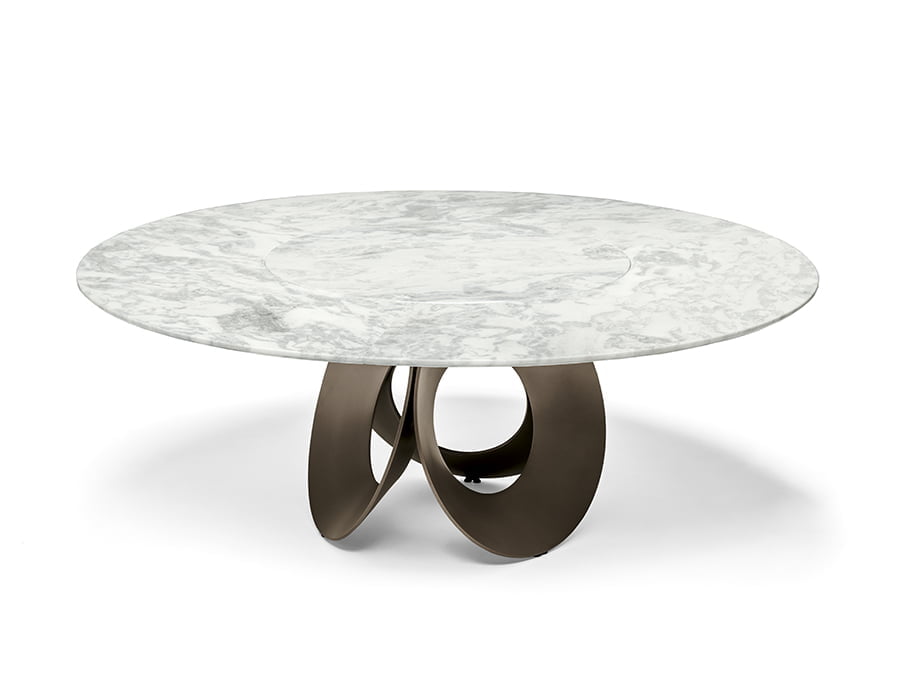
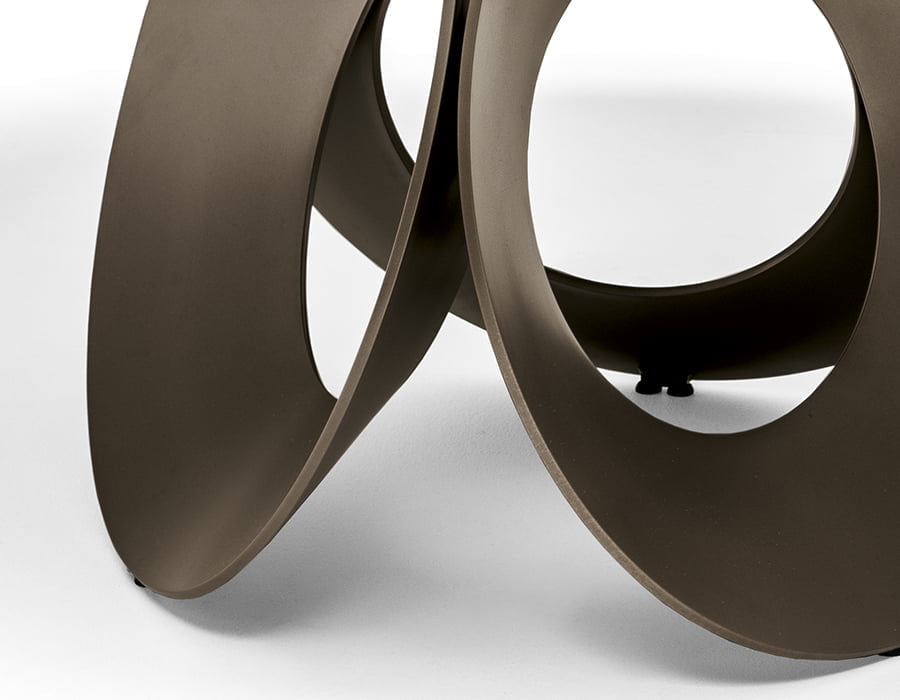
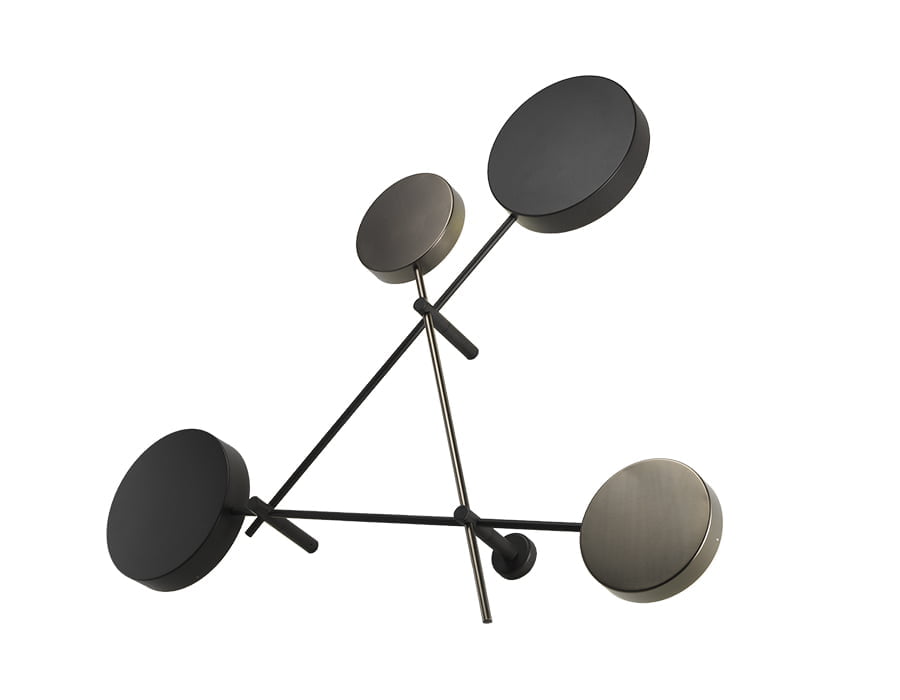
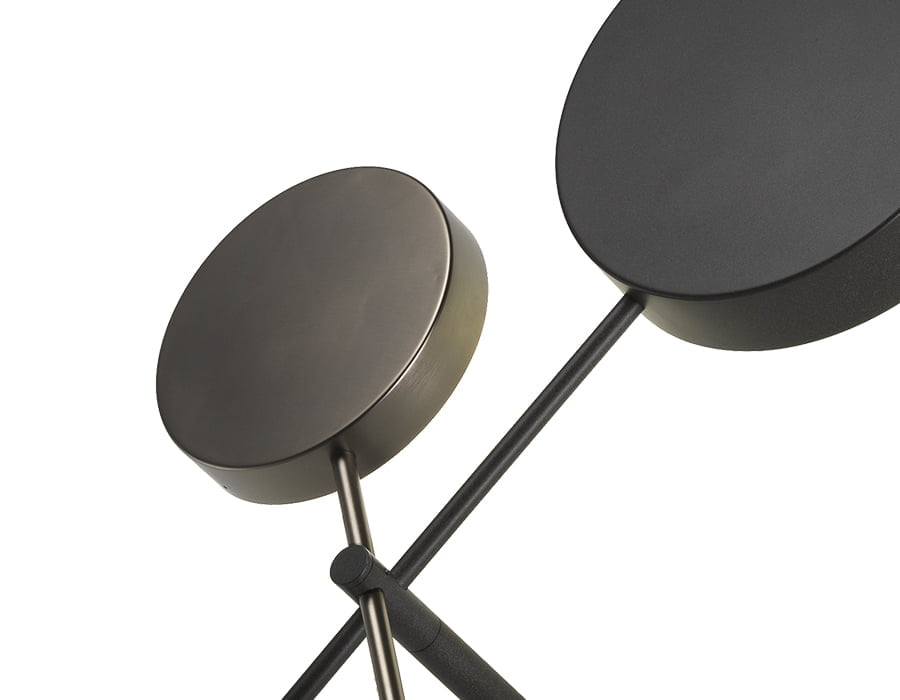
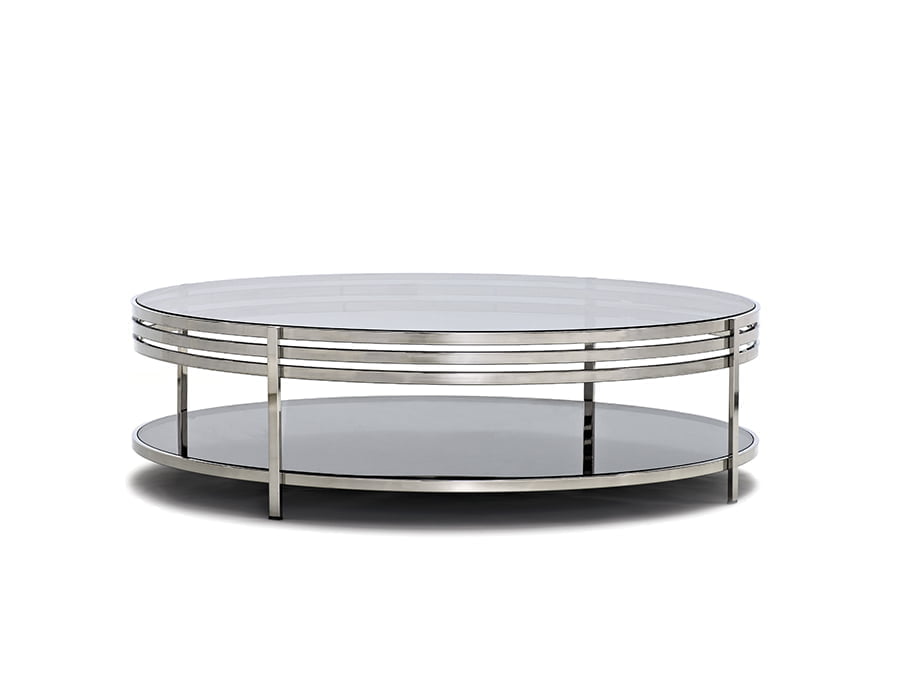
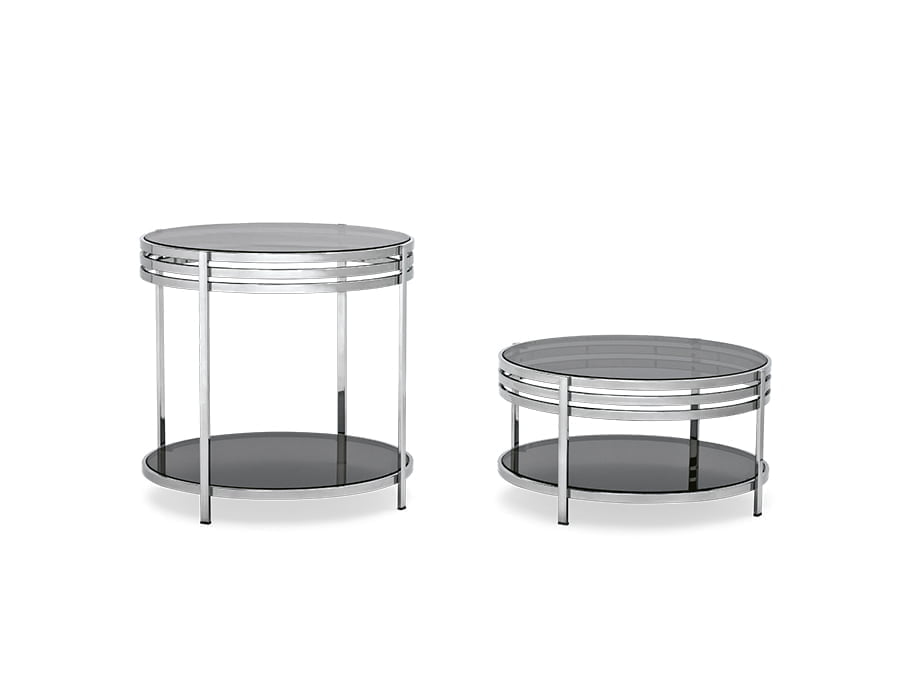
The Triangle
Could the most complex and beautifully designed structures in the world be without the triangle as an inspiration? You only need to explore architecture from the renaissance to today to understand how the triangle has been utilised in our society. Whether it is from classical Arabic and Japanese decorative art to the contemporary architecture of Buckminster Fuller and Wright the triangle has pierced the cultural boundaries in design, placing it as a unique star of the show.
A show of stability and safety, the triangle is inspiring in every form of geometric design.
Giuseppe Viganò thought so and it is why his design of Lady Bird is so intrinsically different. A rhomboid, which is two triangles placed atop another is the focal geometric style yet, it is this honeycomb structural approach we see just how important a role the triangle plays. It is clean, minimalistic interpretation elevates geometric manipulation.
